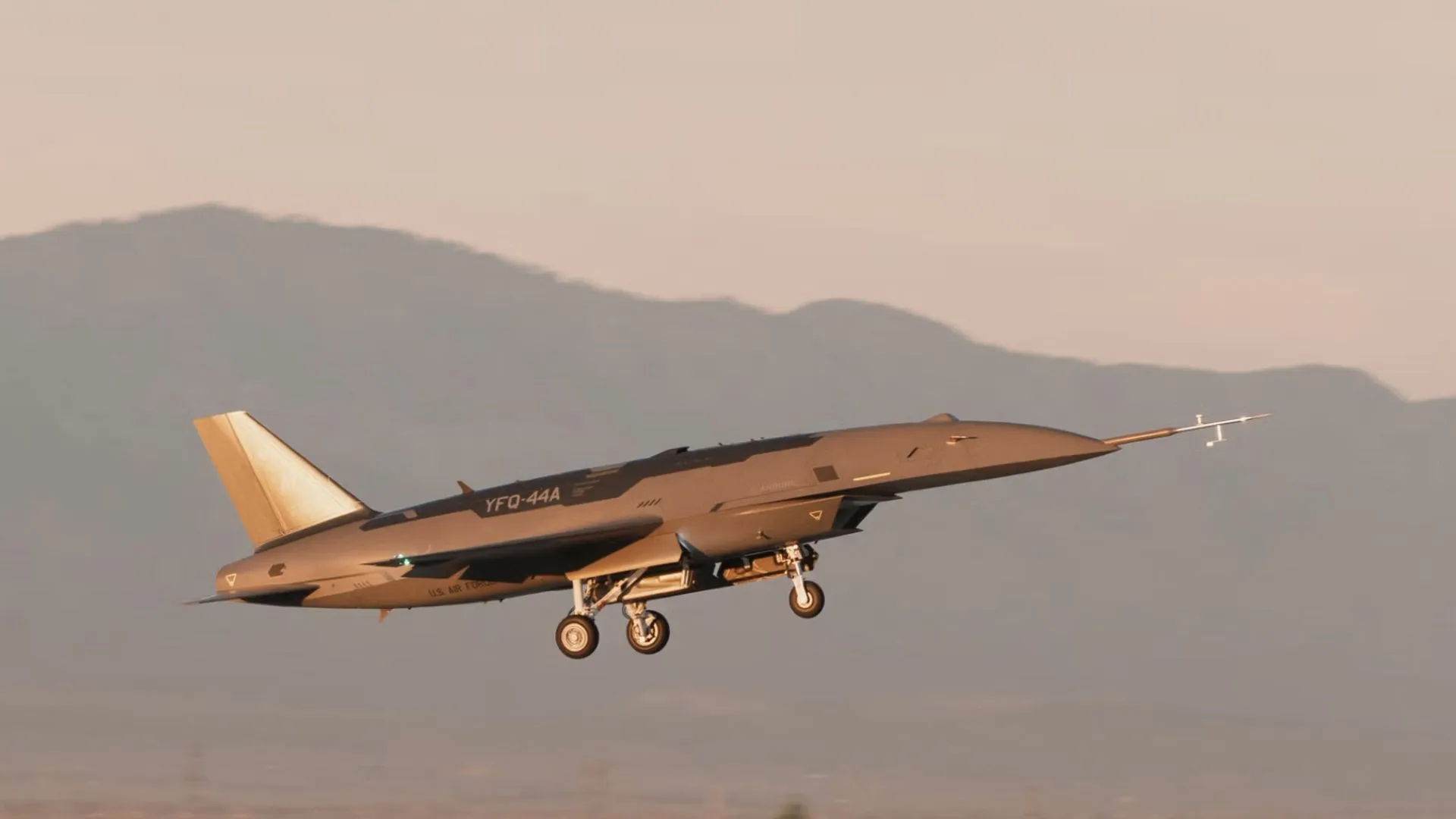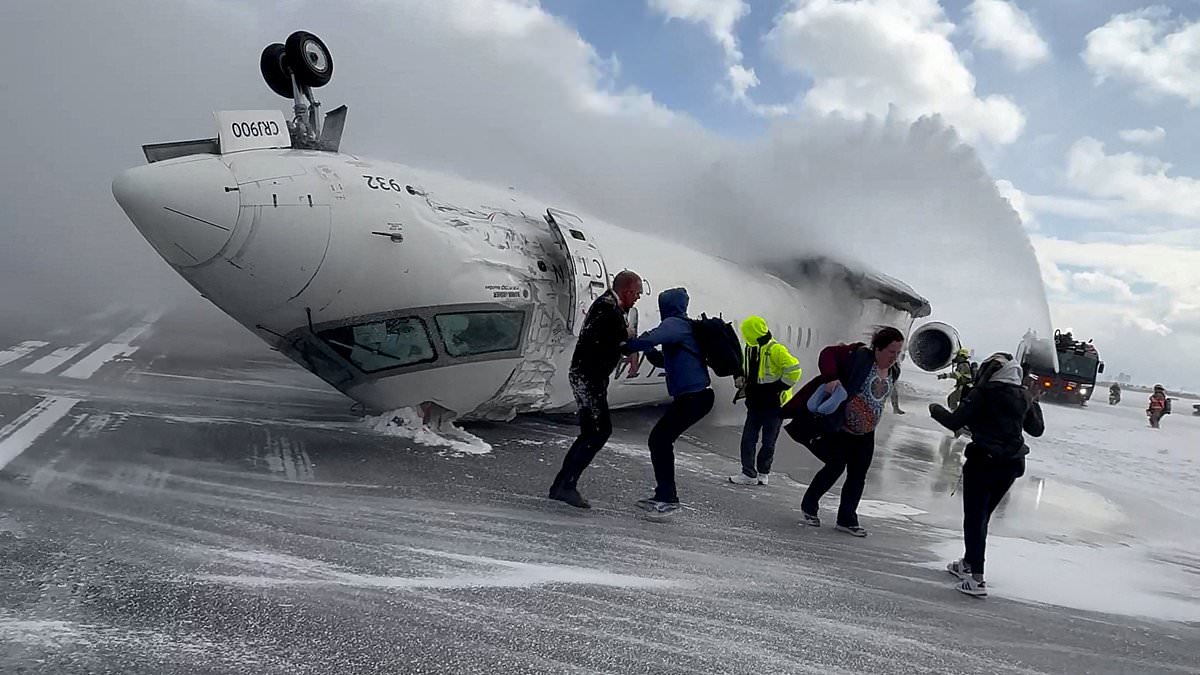Copyright Interesting Engineering

An American company’s fighter drone has successfully started flight testing. Anduril’s YFQ-44A fighter drone has recently completed its maiden flight. Part of the U.S. Air Force’s drone wingman program, Anduril’s YFQ-44A reached the flight testing stage after General Atomics’s YFQ-42A. The testing is part of the U.S. Air Force’s Collaborative Combat Aircraft Program. CCA program delivers combat capability “Today, the U.S. Air Force made continued progress in our CCA program with the first flight of the YFQ-44A developed by Anduril. This milestone shows how competition drives innovation & accelerates delivery,” said Air Force Secretary Troy Meink. “It also gives us the hard data we need to shape requirements, reduce risk, and ensure the CCA program delivers combat capability on a pace and scale that keeps us ahead of the threat.” Anduril and the U.S. Air Force began flight testing at record speed, taking the YFQ-44A from clean-sheet design to wheels-up in just 556 days, faster than any major fighter aircraft program in recent history. YFQ-44A can enhance mission effectiveness “Flight testing for the CCA program is also about more than simply proving raw fighter performance in a vacuum. The real step is autonomy that’s is enabling a team of robotic aircraft to collaborate to accomplish mission objectives,” said Jason Levin, Anduril’s senior vice president of engineering. “We designed YFQ-44A for a specific Air Force mission: to enhance survivability, lethality, and mission effectiveness by teaming with crewed fighter aircraft or operating independently.” Levin also highlighted that through flight testing, Anduril and the Air Force are developing those collaborative, manned-unmanned teaming concepts and tactics that will inform how we integrate, fight with, and sustain truly autonomous aircraft. “By integrating autonomy into the earliest ground and flight tests for YFQ-44A, we’re tackling the hardest challenge that this technology presents first,” added Levin. Anduril also pointed out that the integration of autonomy is not only critical to the CCA program – it is fundamental to achieving the benefits of affordable mass, and is thus determinant to our ability to keep the peace. “YFQ-44A was not designed to be a remotely-piloted aircraft, and that is not how we are operating it — from first flight and forever onward. All of our taxi and flight tests have been and will continue to be semi-autonomous. This is a new age of air power; there is no operator with a stick and throttle flying the aircraft behind the scenes,” said Levin. “Our aircraft is ushering in this new paradigm with incredible technical precision: it executes a mission plan on its own, manages flight control and throttle adjustment independent of human command, and returns to land at the push of a button, all under the watchful eye of an operator on the loop but not in it.”



